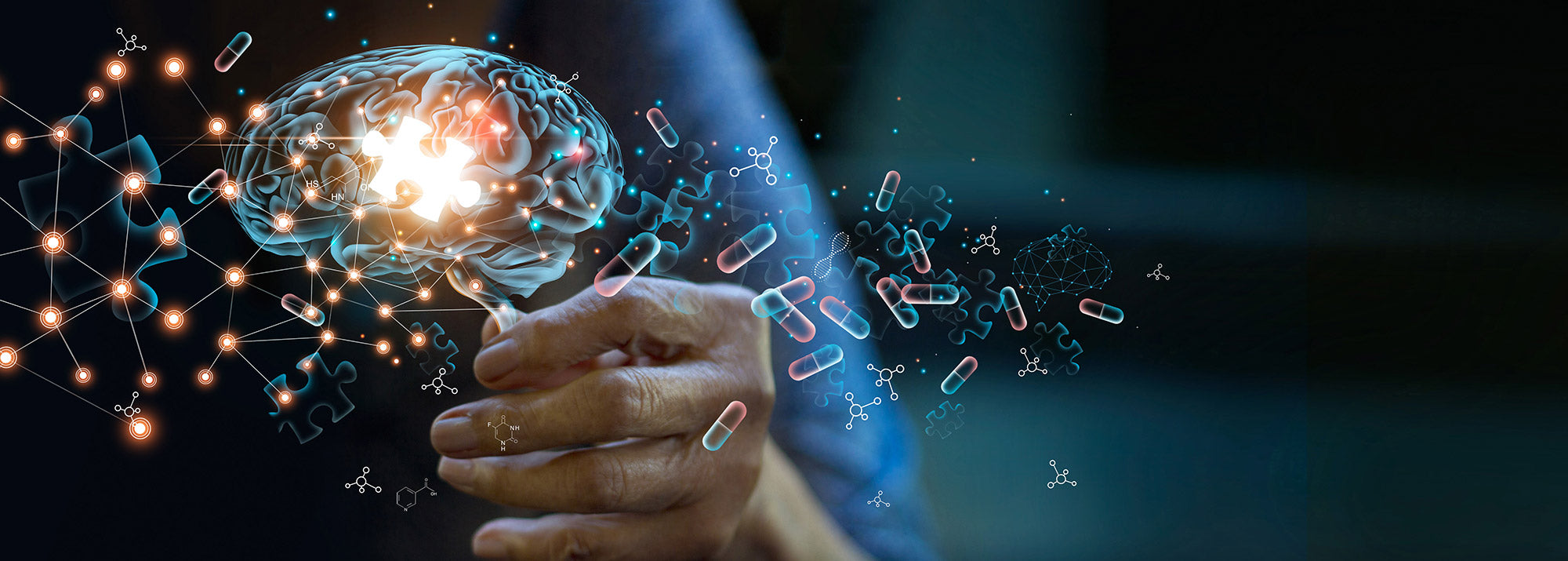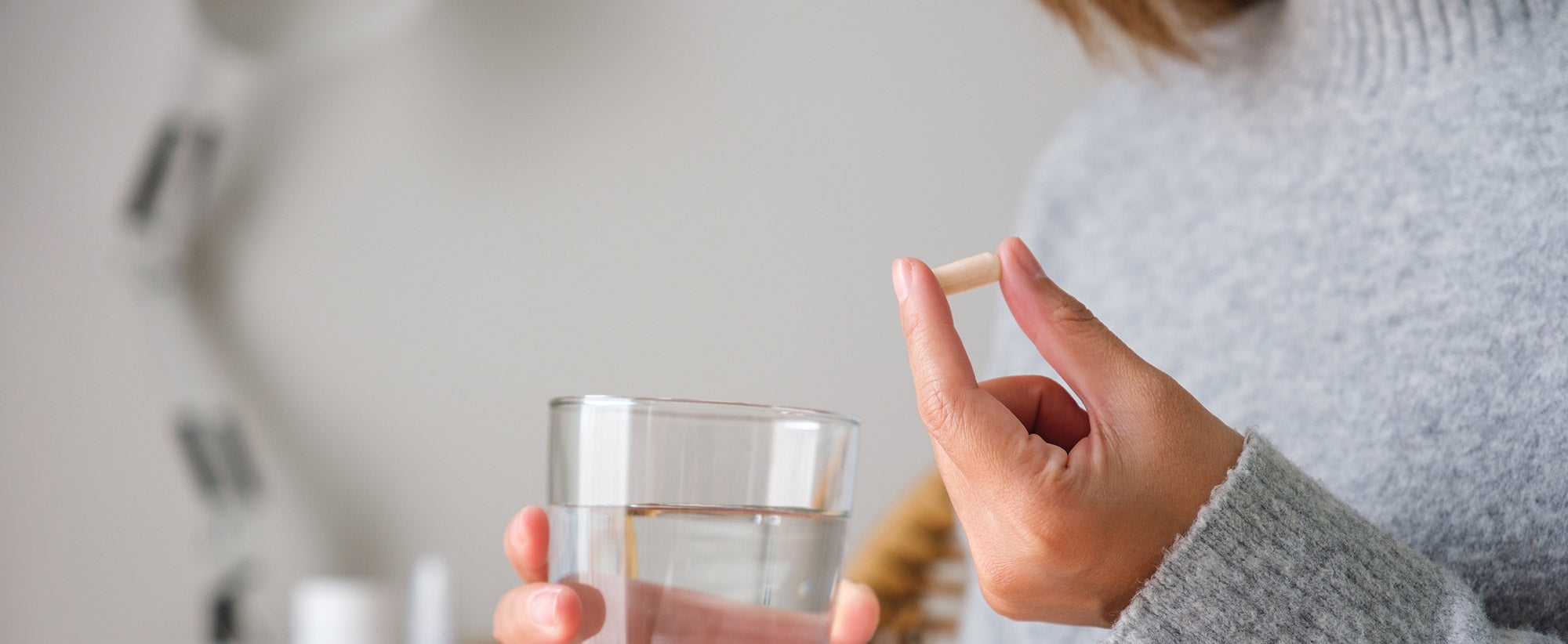
Unmasking the Threat: How Copper 2 Imperils Brain Health (Hint: MitoSynergy BioCopper1 helps)
In the intricate web of human biology, copper plays a vital role, but not all forms are equal. One, in particular, poses a serious threat to brain health: Copper 2 (Cu++).
|
|
The Copper ConundrumCopper, an essential transition metal, comes in different oxidation states. Copper 2, fully oxidized, takes a different path than its counterpart, copper 1, which is essential for cellular health. Copper 2 accumulates in the extracellular matrix, potentially wreaking havoc on neurological well-being. |
|
|
The Copper 2 Connection to Alzheimer's DiseaseResearch by George J. Brewer, Emeritus Professor of Human Genetics and Internal Medicine at the University of Michigan, reveals a critical link between copper 2 and Alzheimer's Disease.1 Ingesting copper 2 has been linked to enhanced amyloid plaques in the brain, a hallmark of Alzheimer's.1,2 Mammals were created to injest copper 1 (Cu+), emphasizing a natural aversion to copper 2. |
Memory Loss and Cognitive DeclineStudies show chronic exposure to copper 2, found in drinking water and all supplements except MitoSynergy, leads to memory loss and accelerated cognitive decline.4 Animals exposed to copper 2 experience increased amyloid beta (Aβ) aggregation, a precursor to Alzheimer's.1,3,4 |
|
Copper 2's Impact on Brain HealthThe menacing aspect of copper 2 lies in its ability to contribute to oxidative stress in the brain, leading to cellular damage and impaired cognitive function. How? Copper 2, in the process of inducing Aβ neurotoxicity, generates hydrogen peroxide (H2O2), a potent source of damaging oxidant radicals.1,3,4 |
|
|
|
Chronic Copper Exposure and Brain Defense MechanismsThe brain's defense mechanisms, especially microglial cells, play a crucial role in maintaining neural health. Chronic exposure to copper 2 directs microglia towards degenerative phenotypes, contributing to accelerated synaptic pruning, increased release of pro-inflammatory cytokines, and oxidative damage5 – all detrimental to brain health. |
Understanding the risks of copper 2 highlights the need to be mindful of copper intake. Choosing a copper source like MitoSynergy's BioCopper1, which provides bioavailable copper 1, is crucial for protecting brain health and reducing the chances of neurodegenerative diseases linked to copper 2 exposure. It's not just about avoiding harmful elements; it's about picking the right copper form to support cognitive well-being and safeguard the complex mechanisms that define our brain's resilience.
References
- Brewer GJ. Avoiding Alzheimer’s disease: The important causative role of divalent copper ingestion. Experimental Biology and Medicine. 2019;244(2):114-119. doi:10.1177/1535370219827907. https://journals.sagepub.com/doi/full/10.1177/1535370219827907
- Ohnik H, Thiele DJ., How copper transverses cellular membranes through the copper transporter 1, Ctrl. Ann N Y Acad Sci 2014; 1314:32–41. https://www.ncbi.nlm.nih.gov/pmc/articles/PMC4158275/
- Atwood CS, Moir RD, Huang X, Scarpa RC, Bacarra NM, Romano DM, Hartshorn MA, Tanzi RE, Bush AI. Dramatic aggregation of Alzheimer Aβ by Cu(II) is induced by conditions representing physiological acidosis. J Biol Chem 1998; 273:12817–26. https://pubmed.ncbi.nlm.nih.gov/9582309/
- Huang X, Cuajungco MP, Atwood CS, Hartshorn MA, Tyndall JEA, Hanson GR, Stokes KC, Leopold M, Multhaup G, GoldsteinLE, Scarpa RC, Saunders AJ, Lim J, Moir RD, Glabe C, Bowden EF, Masters CL, Fairlie DP, Tanzi RE, Bush AI. Cu(II) potentiation of Alzheimer Aβ neurotoxicity. J Biol Chem 1999; 274:37111–6. https://pubmed.ncbi.nlm.nih.gov/10601271/
- Siok Lam Lim, et. al,; Chronic copper exposure directs microglia towards degenerative expression signatures in wild-type and J20 mouse model of Alzheimer’s disease; Journal of Trace Elements in Medicine and Biology, Volume 62, 2020, 126578, ISSN 0946-672X. https://www.sciencedirect.com/science/article/abs/pii/S0946672X20301437?via%3Dihub







